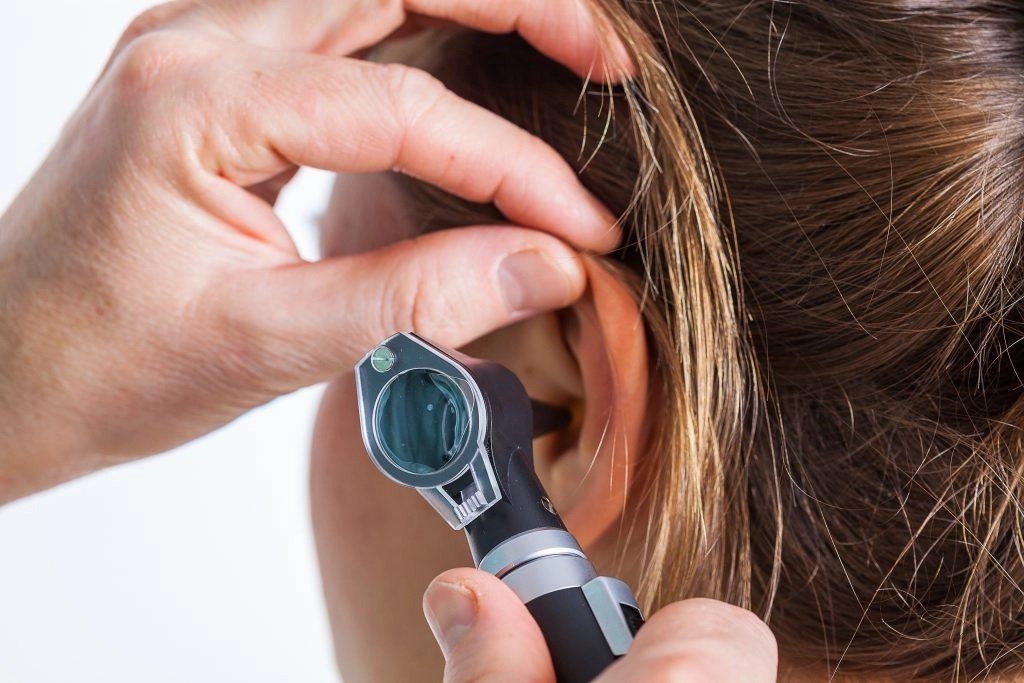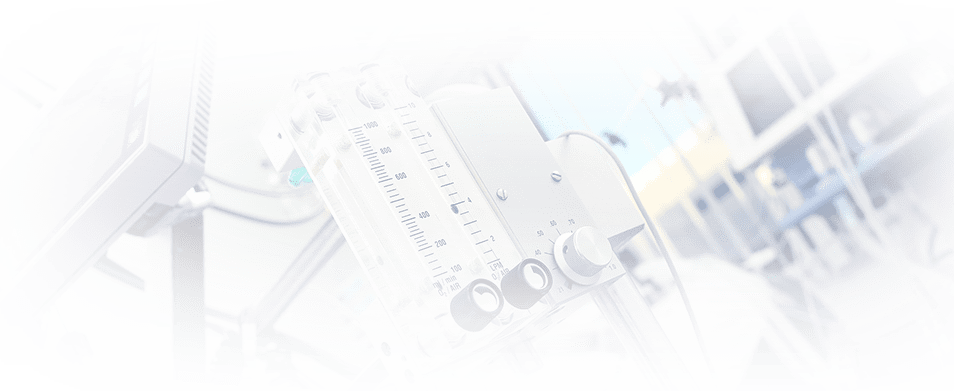Tympanometry
 Tympanometry is a special procedure to detect middle ear and tympanic membrane abnormalities. It is carried out on patients of all ages. During this diagnostic procedure, an otolaryngologist or audiologist creates excess pressure in the outer ear cavity and measures the frequency of the sound wave that bounces off the eardrum. A conduction disorder in the internal structures of the hearing organs will affect the frequency range of sounds recorded by the equipment.
Tympanometry is a special procedure to detect middle ear and tympanic membrane abnormalities. It is carried out on patients of all ages. During this diagnostic procedure, an otolaryngologist or audiologist creates excess pressure in the outer ear cavity and measures the frequency of the sound wave that bounces off the eardrum. A conduction disorder in the internal structures of the hearing organs will affect the frequency range of sounds recorded by the equipment.
Purpose of the study
Indications for tympanometry are:
- partial or complete hearing loss with no apparent cause;
- an extensive head trauma;
- recurrent otitis;
- chronic rhinitis and sinusitis;
- pre-diagnosed polites of the middle ear cavity.
Restrictions for carrying out the diagnosis
Contraindications to the implementation of tympanometry are accumulation of wax masses in the auditory canal, its complete or partial occlusion. This procedure is also not performed in the presence of an acute inflammatory process in the ear. In other cases, the diagnosis is performed without any complications. The procedure is completely painless and can be performed when examining newborn babies.
Our doctors





Tympanometry at JSC "Medicina" (Academician Roytberg Clinic)
All our specialists in the diagnostic department of the clinic have extensive experience in performing tympanometry. Our advantages include:
- high-precision diagnostic and therapeutic equipment;
- a team of qualified otolaryngologists and audiologists;
- own ambulance service;
- hospital with comfortable chambers.
You can clarify the cost of this examination with the clinic administrators or by calling +7 (495) 126-47-43.
Procedure features
The doctor performs an otoscopy before performing a middle ear machine diagnosis, recording any structural changes in the ears. Visual inspection allows the doctor to make sure that the ear canals are free of dirt and wax plugs, and that the patient is not suffering from acute inflammation.
The Tympanometer is a portable device that is equipped with an ear probe. The doctor puts an anatomical dome on the ear that matches the shape of the patient's ear. A sealed cavity is created by fitting the nozzle tightly to the ear canal.
The probe includes:
- a pump to create overpressure;
- a sound vibration generator;
- a microphone that picks up sounds reflected from the eardrum.
No pain or other sensations are experienced during the examination - it is completely harmless to the human body. After all the manipulations, the otolaryngologist or audiologist will interpret the results and formulate a diagnosis based on the information obtained.
Complications and side effects
The non-invasive nature of tympanometry rules out the possibility of complications or side effects. But this diagnostic method is not without disadvantages - the accuracy of measurements is not always sufficient to make a definite diagnosis. For this reason, otolaryngologists and audiologists have to take the results of other tests into account when developing a therapeutic course. Anamnesis data play an important role in determining the diagnosis and developing treatment strategies.






